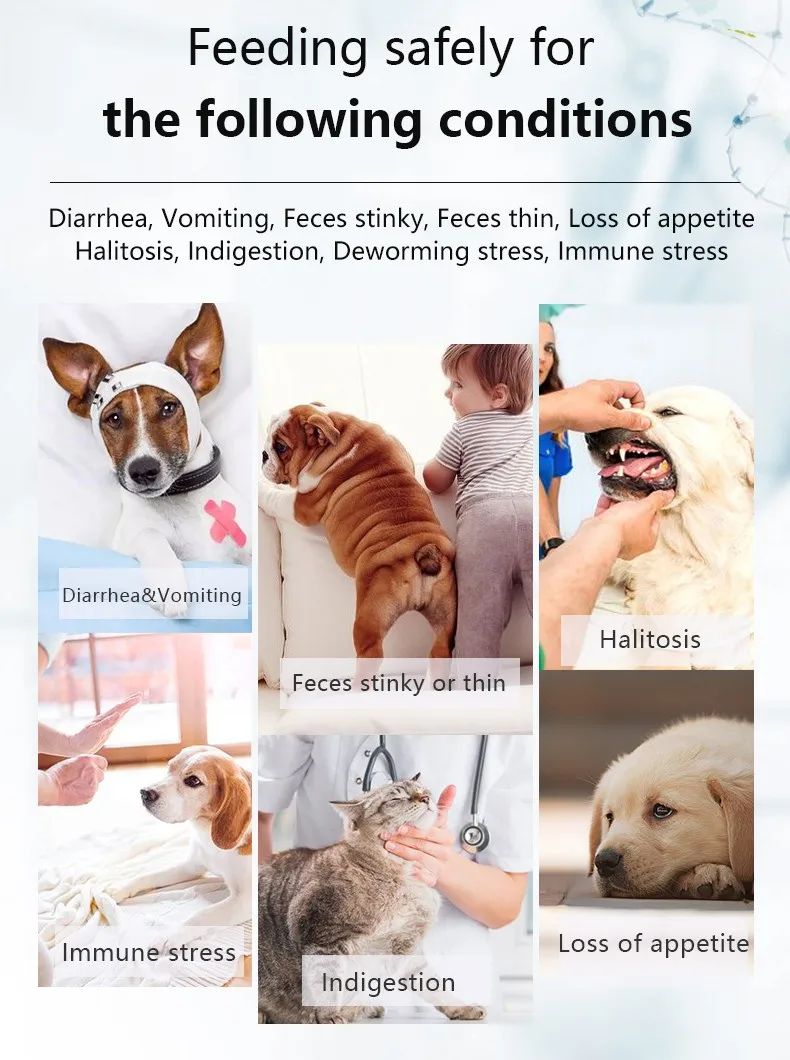Anxiety Pets - Understanding and Caring for Your Pet's Mental Well-being
Guide or Summary:Pet Anxiety - Recognizing the SignsIn the realm of human-animal bonding, pets have long been cherished companions, providing unparalleled j……
Guide or Summary:
In the realm of human-animal bonding, pets have long been cherished companions, providing unparalleled joy, comfort, and companionship. However, as our understanding of mental health deepens, it becomes increasingly evident that pets too can experience anxiety. This article delves into the nuances of anxiety in pets, offering insights into the signs, causes, and strategies for managing and alleviating pet anxiety, ensuring that our furry friends thrive in a state of mental well-being.
Pet Anxiety - Recognizing the Signs
Anxiety in pets manifests in various ways, ranging from subtle behavioral changes to more overt signs of distress. Pet owners should be vigilant for alterations in their pets' behavior, such as excessive barking or meowing, hiding or cowering, destructive chewing, and changes in appetite or sleep patterns. These behaviors can signal underlying anxiety, whether stemming from separation anxiety, fear of specific triggers, or even generalized anxiety disorders.
Understanding the Roots of Pet Anxiety

To effectively address pet anxiety, it's crucial to comprehend its potential causes. Common triggers include separation anxiety, where pets experience distress when their owners are away, fear of loud noises or unfamiliar environments, and even changes in routine or the introduction of new pets or family members. Identifying the specific triggers that contribute to a pet's anxiety is essential in devising an effective management plan.
Strategies for Managing and Alleviating Pet Anxiety
Managing pet anxiety requires a multifaceted approach, combining behavioral modification techniques, environmental enrichment, and, in some cases, medication. Creating a calm and predictable environment, providing mental stimulation through interactive play and puzzle toys, and establishing consistent routines can significantly reduce a pet's anxiety levels. Additionally, phased exposure to feared stimuli, under the guidance of a professional trainer or behaviorist, can help pets gradually overcome their fears.

The Role of Professional Help
While many pet owners can manage their pets' anxiety through home-based interventions, certain cases may benefit from the expertise of a veterinarian or animal behaviorist. These professionals can offer tailored advice and, if necessary, prescribe medication to help manage a pet's anxiety. Regular consultations with a veterinarian can ensure that the chosen management strategies are effective and that any changes in behavior warrant further investigation.
The Importance of Ongoing Care

The journey toward managing pet anxiety is ongoing, requiring patience, consistency, and a commitment to ongoing care. As pets age or experience changes in their environment, their anxiety levels may fluctuate. Therefore, it's essential for pet owners to remain vigilant and responsive to their pets' needs, adapting their care as necessary to promote mental well-being.
In conclusion, understanding and addressing pet anxiety is a vital aspect of responsible pet ownership. By recognizing the signs of anxiety, identifying its causes, and employing effective management strategies, pet owners can significantly improve their pets' quality of life. Through compassion, patience, and a commitment to ongoing care, we can ensure that our beloved pets thrive in a state of mental well-being, enriching our lives in the process.